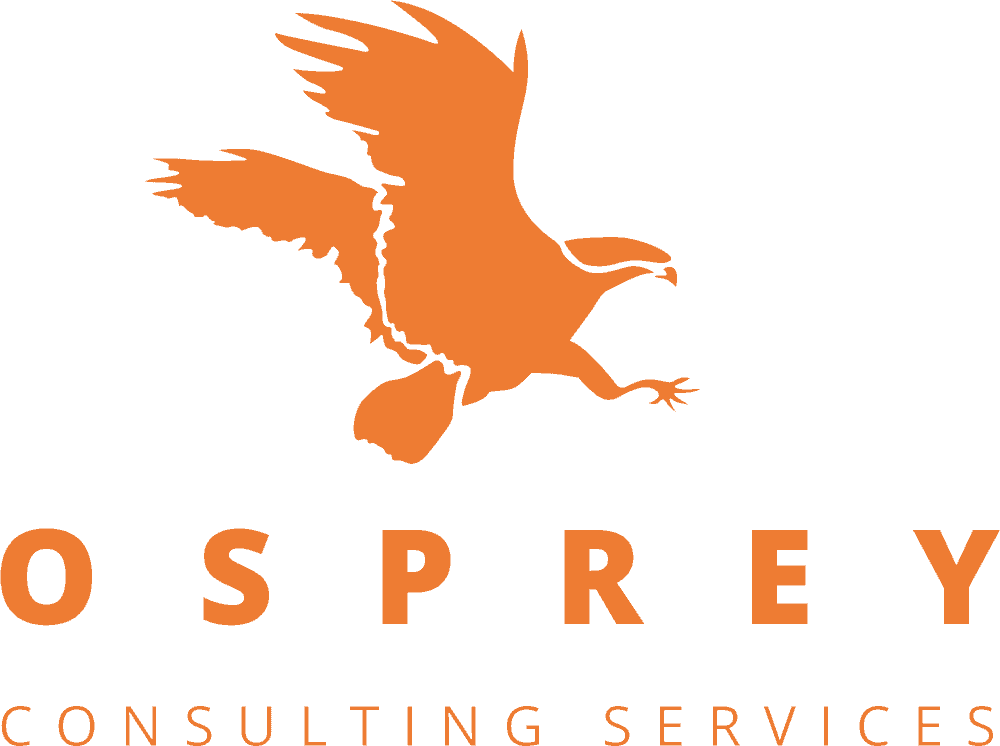When the CAA revealed their replacement regulatory process for airspace design at the end of 2017, the Osprey Airports & Airspace Team was initially apprehensive. The comparison with the superseded CAP725 process was stark when we analysed the requirements, tasks and activities necessary to deliver airspace design changes. The criteria for early engagement, development of comprehensive options, and testing of those options with stakeholders appeared to double the effort required by the legacy process. Add on the extensive iterative Options Appraisal requirements versus the old ‘Do Nothing, Do Minimal, Do something’ CAP725 business case, the effort and costs involved appeared prohibitive for many smaller regional airports.
One year on, the process remains brand new for both sponsors and the regulator and, whilst no airport has yet progressed beyond Stage 2, we feel positive about CAP1616. We have adapted our team as well as our methodology to fit this much more structured process. Boundaries are clearer, templates are useful and the early engagement requirements show promise for facilitating long term mutually beneficial relationships between sponsors and their neighbours.
There’s no disputing that CAP1616 involves significantly more financial risk for the sponsor, but the process lends itself to the establishment of a flexible work structure, where we can offer a fully managed service or give sponsors the choice to run the more discrete elements such as environment and consultation themselves. There is also the choice to subcontract third party experts into these disciplines.
The industry will be only too aware of the resource challenges that CAP1616 has presented for the regulator and the associated significant schedule risks for the sponsor. Applying for an airspace change under the legacy CAP725 process certainly wasn’t without similar delays, but one benefit of CAP1616 is that the schedule is made more visible by the clear gateway dates and hard deadlines for the submission and review of materials.
The key to keeping a CAP1616 process on track is to commit to a relationship with the regulator so that they, the airport, and the independent consultant can navigate this new process together. Regular contact is paramount if we are to set and meet clear boundaries on submitted materials.
The benefit we have yet to test is the one considered to be the main focus of this new process – community engagement. CAP1616 should offer a more transparent and engaging process for all stakeholders, facilitated through a purpose built online portal. The early engagement and involvement of representative aviation and local resident groups in defining design principles and comprehensive options can only have a positive impact on those people who deserve to have their views heard. As we head into the summer we will have the opportunity to test the new CAP1616 consultation strategy. Having been at the hard end of some extremely tough public consultation events and correspondence, we hope that this new process provides all stakeholders with a clear understanding of the design changes, and that they will feel their views have been considered fairly by change sponsors and the regulator.
Lindsay Perks, Team Leader for Airports and Airspace

